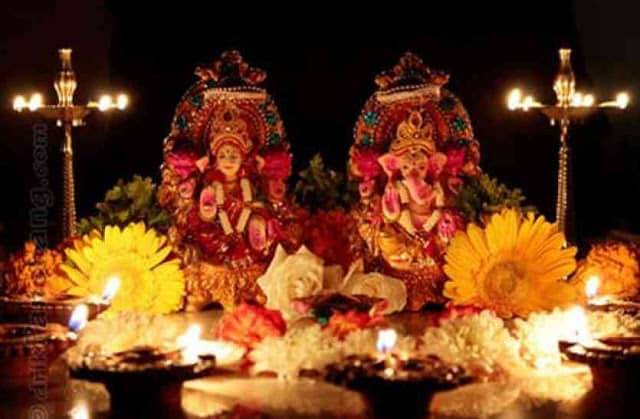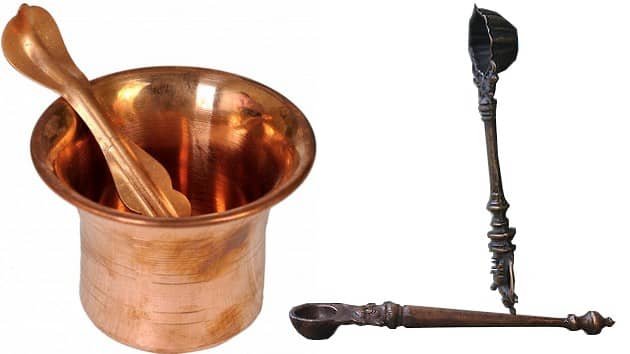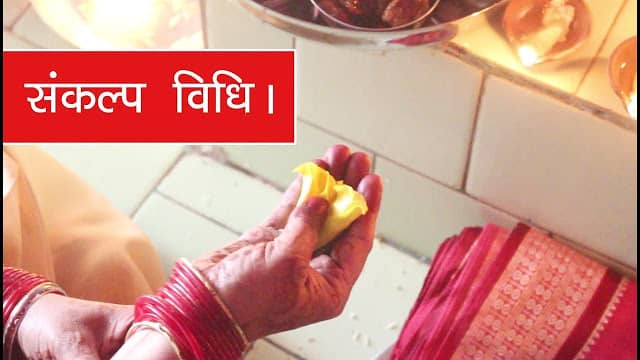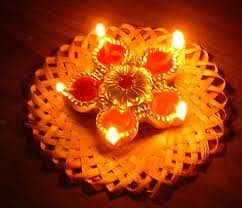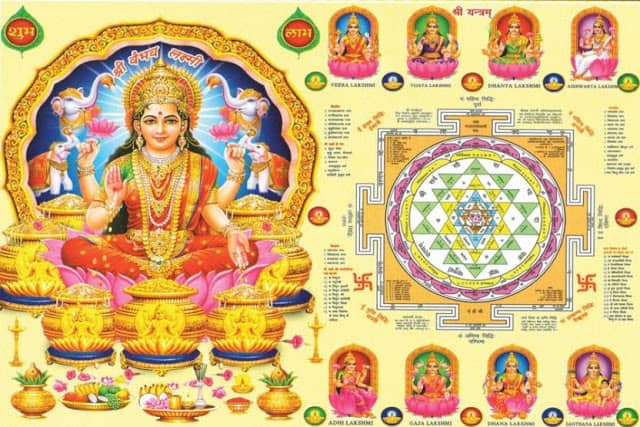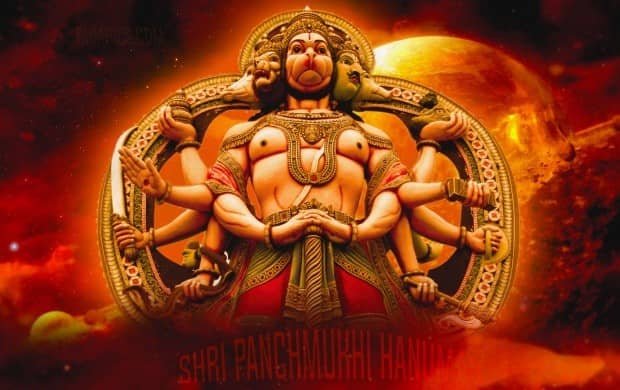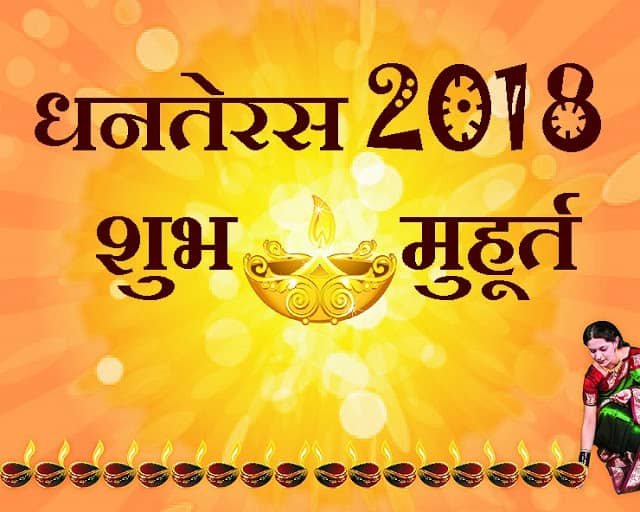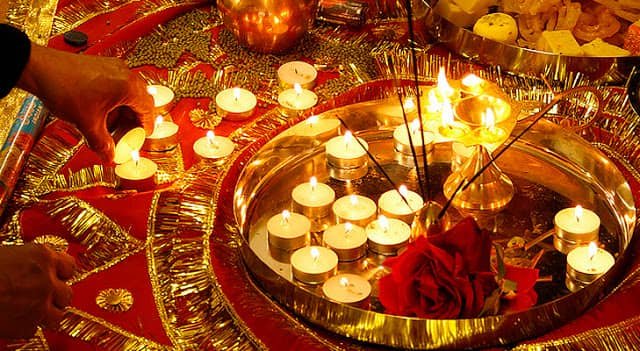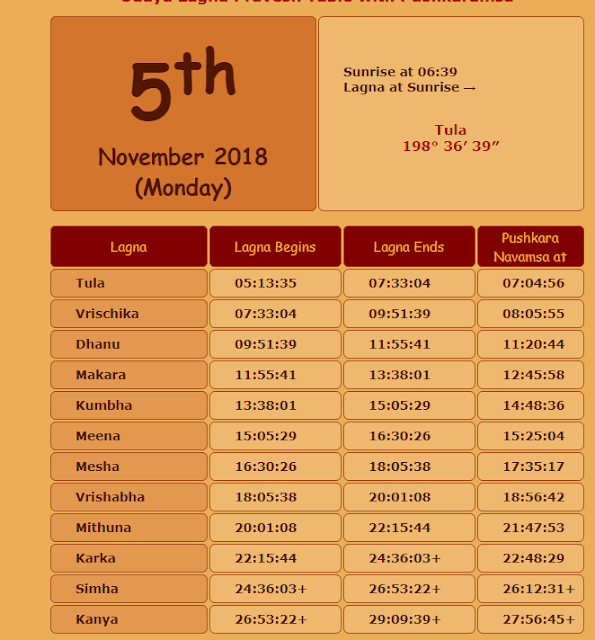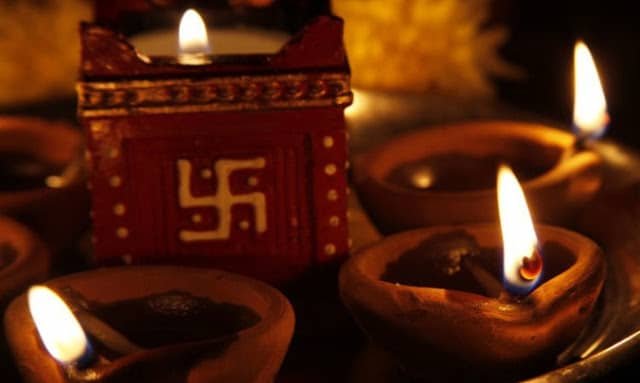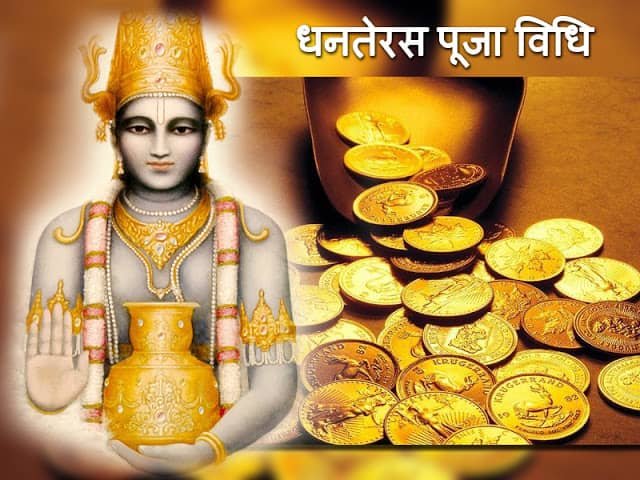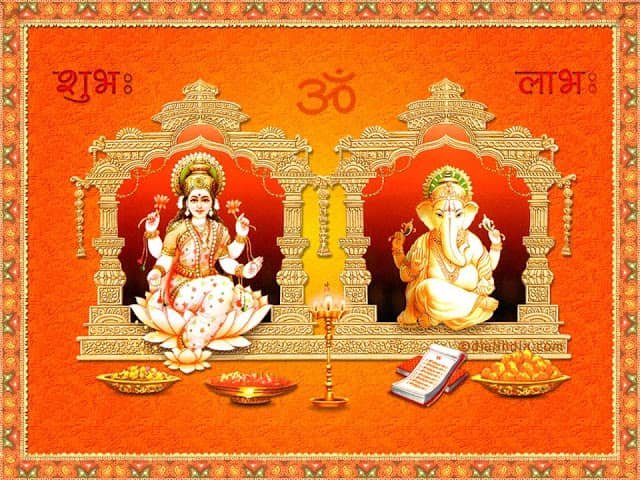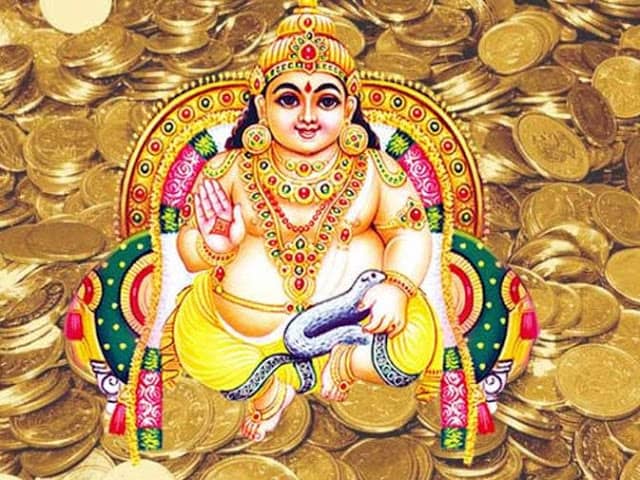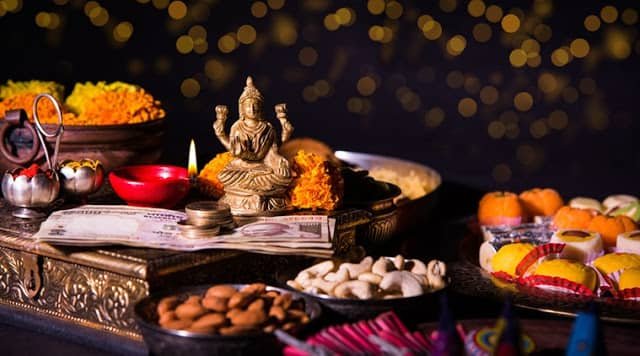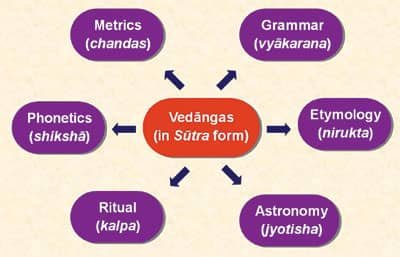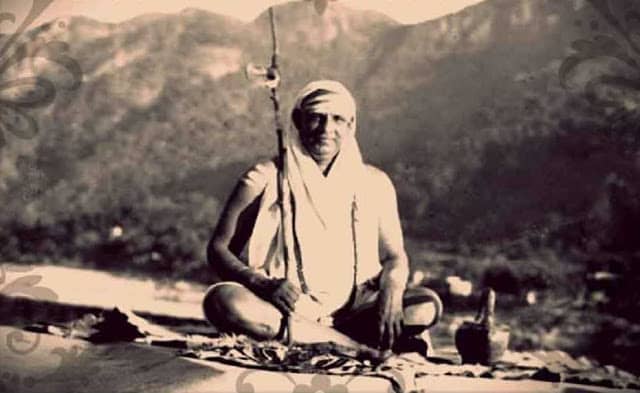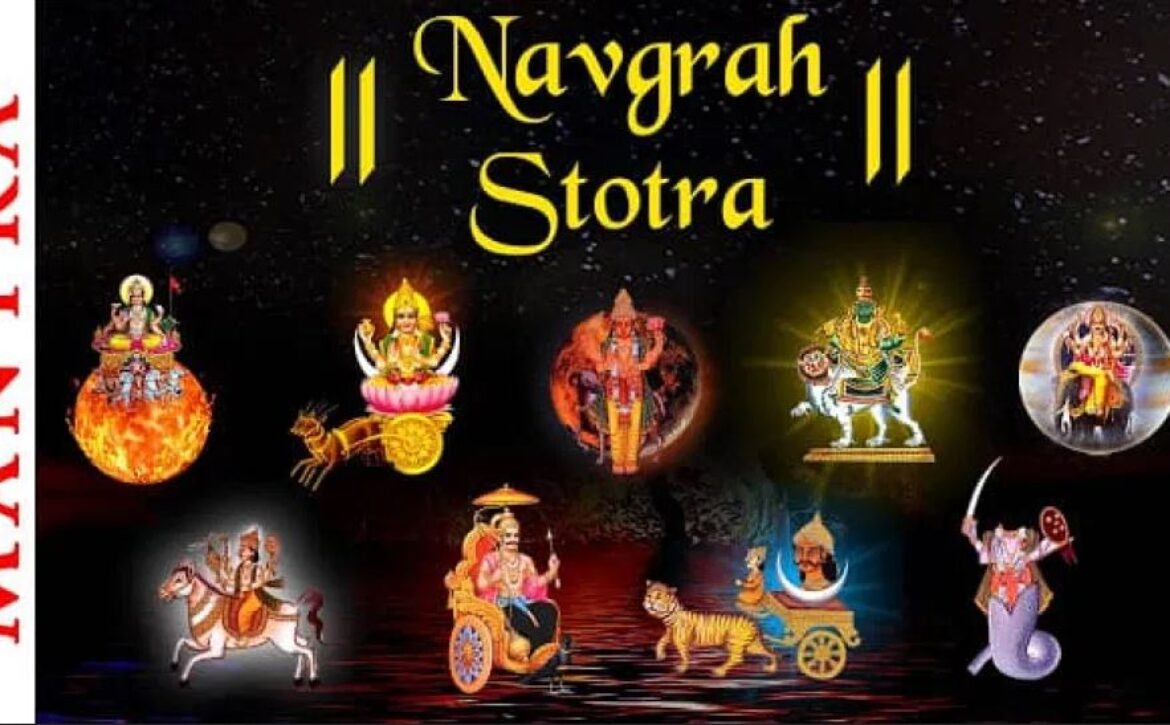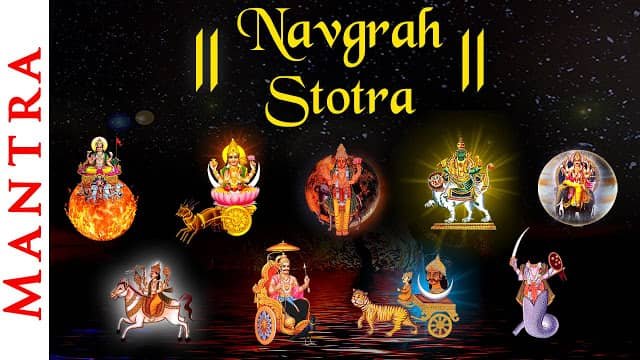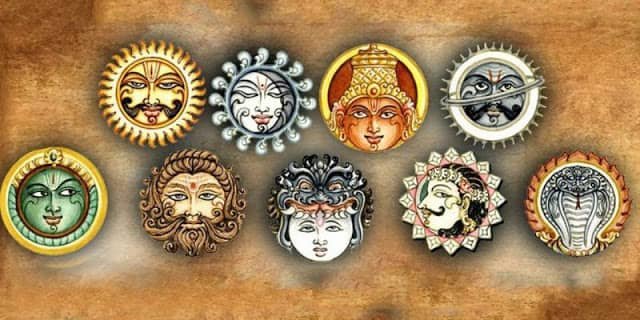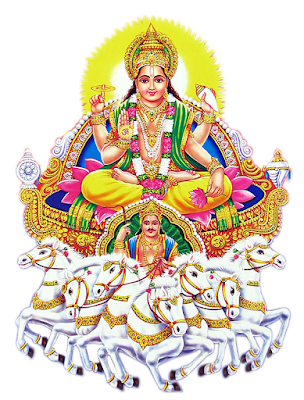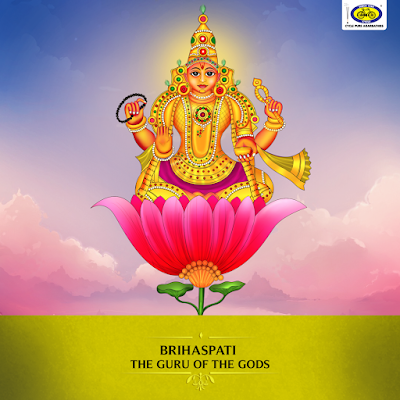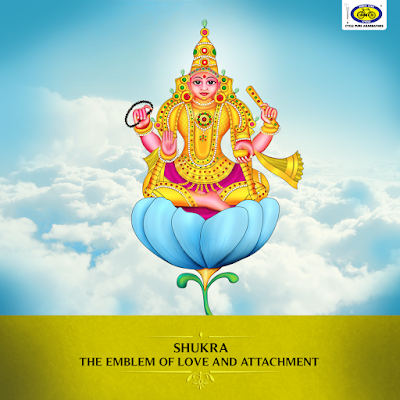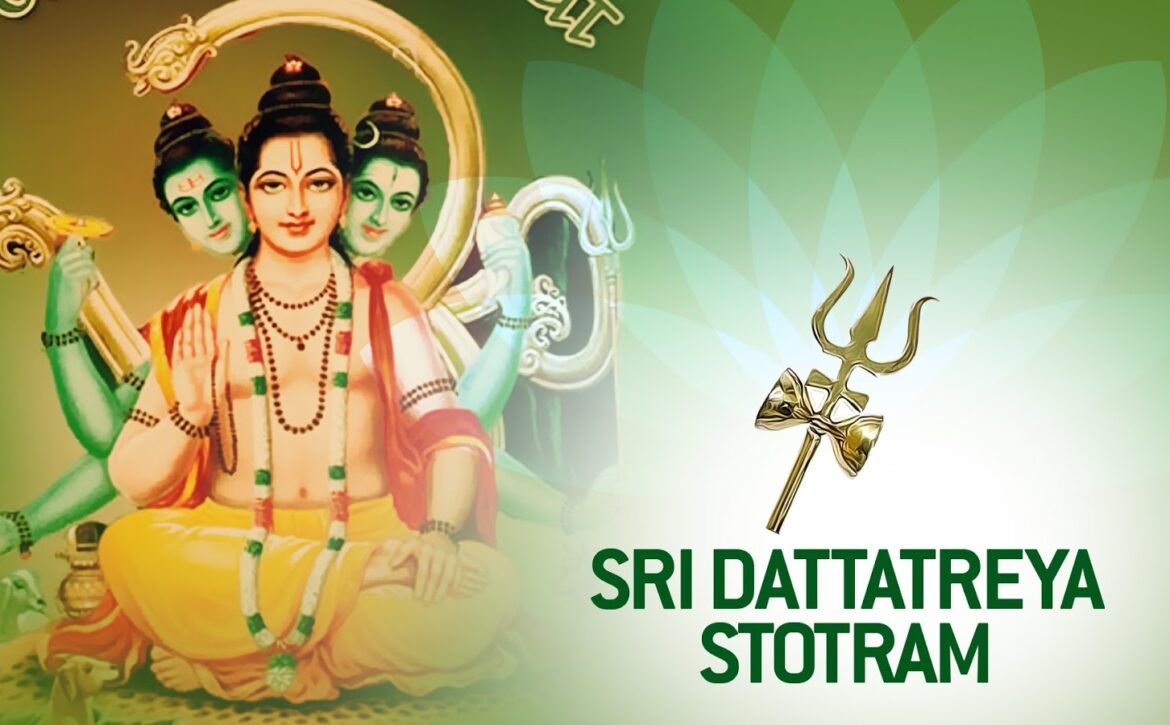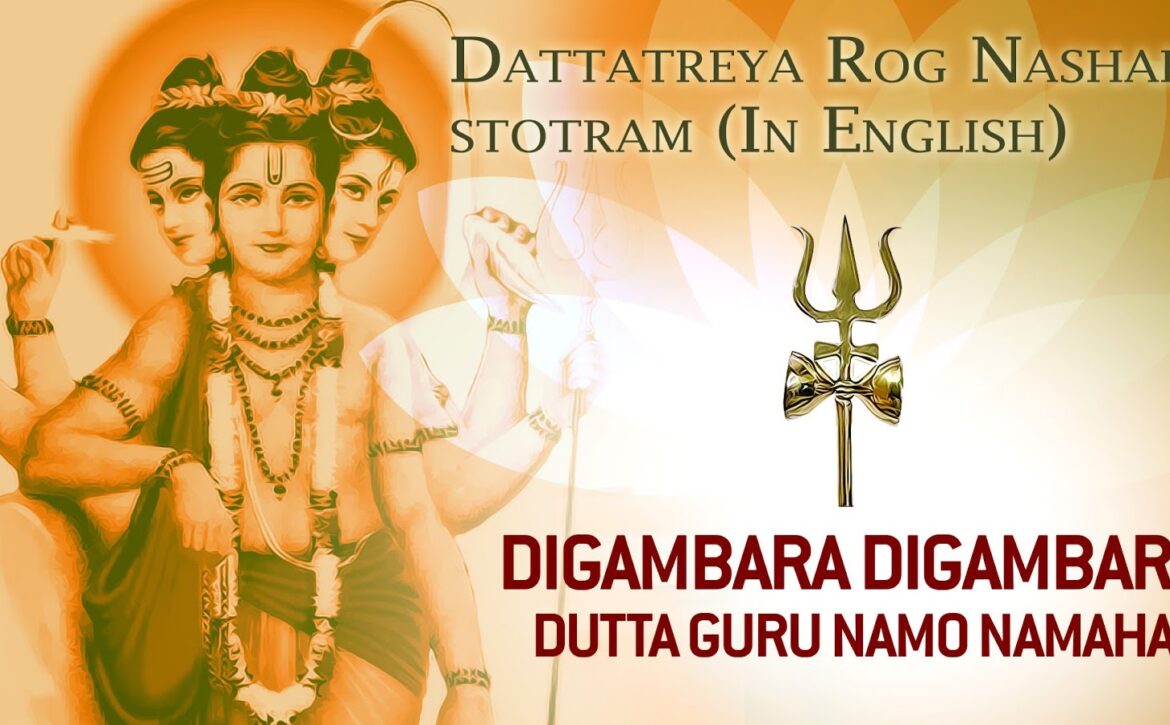How to worship Goddess Laxmi in Deepawali 2018
The word Diwali has originated from Deepavali, and root name is taken from the Deepawali word whereas deep means (lamp) + avali means (row), putting Lamps in a row or in a sequence. Deepavali is thus a row of lamps. During Diwali, lamps are lit everywhere where darkness is there.
HistoryWhen Lord Ram returned to Ayodhya after completing fourteen years in exile, His subjects celebrated by lighting lamps. Since then, the festival of Diwali has been celebrated.
The spiritual meaning of Diwali‘By killing the demon Narkasur, Shrikrushna freed people from an attitude of indulgence in worldly pleasures, jealousy, unrighteousness and negative attitudes and made them happy by giving thoughts of God (or Divine thoughts), which is what Diwali is about. We have been celebrating Diwali year after year merely as a custom. Today the festival has lost its true meaning. If after comprehending this hidden meaning our knowledge is kindled, then the ignorance in the form of darkness will reduce. Also, the domination by people with demoniacal tendencies of enjoying worldly pleasures and indulging in unrighteous attitudes, over the righteous, will reduce.Why we Celebrate Lakshmi in Deepawali
Goddess Lakshmi is the Hindu Goddess of wealth. She is worshipped by all households devotes and is associated with the festival of Deepawali when people offer special prayers to her to invite her into their homes. Lakshmi Puja is performed for prosperity, material abundance, and spiritual prosperity. She is worshipped to remove troubles that prevent us from starting a spiritual path or business.
Lakshmi Pujan (Sanskrit: लक्ष्मी पूजा), celebrated on Amavasya (new moon day) of the Krishna Paksha (Dark fortnight) in the Vikram Samvat, month of Ashwin, on the third day of Tihar and is considered as the main festive day of Deepawali.
The most auspicious time for the puja is decided when “Amavasya tithi” prevails during “Pradosh Kaal” or the evening time. On this day, the sun enters its second course and passes the constellation Libra, which is represented by the balance or scale. Hence, the sign of Libra is believed to suggest the balancing and closing of account books.
(adsbygoogle = window.adsbygoogle || []).push({});
Pradosh Kaal Muhurat
Pradosh Kaal = 17:27 to 20:06
Vrishabha Kaal = 17:57 to 19:53
Amavasya Tithi Ends = 21:31 on 7/Nov/2018
Mahanishita Kaal Muhurat
Amavasya Tithi Ends = 21:31 on 7/Nov/2018
Choghadiya Puja Muhurat
Morning Muhurta (Shubh) = 10:44 – 12:05
Afternoon Muhurta (Char, Labh) = 14:46 – 17:28
Evening Muhurta (Shubh, Amrit, Char) = 19:07 – 21:31
Lakshmi Puja Muhurat
According to the Drikpanchang.com On Diwali, Lakshmi Puja should be done during Pradosh Kaal which starts after sunset and approximately lasts for 2 hours and 24 minutes. Some sources propose Mahanishita Kaal also to perform Lakshmi Puja. Mahanishita Kaal is best suited for Tantrik community and practising Pandits who know the best about Lakshmi Puja during this special time. For common people, one should do Pooja in Pradosh Kaal Muhurat.
2) Maintain Peace and harmony: Maa Lakshmi likes peace and harmony, So try to prevent disputes between family members. Make a loving and peaceful environment at home.
5) Offer Bhog to your Temple Ishta Dev/ Devi: Take food only after bathing and worshipping in the morning. Offer food to agni dev or keep bhog for God.
7) Perform Family Prayer: Perform morning and evening prayer or aarti with your family every day, even in Deepawali day too. This makes Goddess Lakshmi always happy.
(adsbygoogle = window.adsbygoogle || []).push({});
1) Purify your house in the morning. Clean your every corner of the house properly. Sprinkle Gangajal or water from Ganga river to purify the surrounding in the morning.
2) Set up the platform in your pooja room in a choke Made of mango trees. Spread the red cloth on a wooden choke and keep a handful of grains centre.3) Place the kalash in the middle. Fill it with 75% of water and put one supari, one marigold flower, a coin and some rice grains. Put 5 mango leaves in the kalash and arrange them in a circular design on the neck of the kalash.
4) Place Goddess Lakshmi. Keep a small Puja thali on the kalash and make a small flat mountain of rice grains. Draw a lotus with haldi over it and place the idol or Goddess Lakshmi in the center. Place some coins in front of it.
5) Place Lord Ganesha’s idol. Lord Ganesha is given first importance in every puja. Therefore, on the right side (South-West direction) of the kalash, place the idol of Ganesha. Apply a tilak of haldi and kumkum. Put some rice grains on the idol. Light a Diya with Ganapati Puja Oil and White Madar Wick to get the blessings of Lord Ganesha
6) Place wealth related items near the Pooja place of Mata Laxmi. Now place some books or anything related to your business or wealth besides the arrangement.

The individual performing the worship should apply Kumkum on his forehead.
Achaman (Sipping water from the cupped palm thrice while uttering the three Names of Shrivishnu and releasing the water into the plate from the palm while uttering the fourth Name.)
While uttering the three Names, drink the water from the right hand which is taken by the spoon with the left hand.
Then say ‘Shri Govinday namaha |’ and release the water from the hand into the plate.
Thereafter, utter the names given ahead –
श्री विष्णवे नमः । श्री मधुसूदनाय नमः । श्री त्रिविक्रमाय नमः । श्री वामनाय नमः । श्री श्रीधराय नमः । श्री हृषीकेशाय नमः । श्री पद्मनाभाय नमः । श्री दामोदराय नमः । श्री संकर्षणाय नमः । श्री वासुदेवाय नमः । श्री प्रद्युम्नाय नमः । श्री अनिरुद्धाय नमः । श्री पुरुषोत्तमाय नमः । श्री अधोक्षजाय नमः । श्री नारसिंहाय नमः । श्री अच्युताय नमः । श्री जनार्दनाय नमः । श्री उपेन्द्राय नमः । श्री हरये नमः । श्री श्रीकृष्णाय नमः ।
Shri Manmahaganadhipataye Namaha |, Ishtadevatabhyo Namaha |, Kuldevatabhyo Namaha |,Gramdevatabhyo Namaha |, Sthan devatabhyo Namaha |, Vastudevatabhyo Namaha |, Adityadinavagrahadevatabhyo Namaha |, Sarvabhyo Devebhyo Namaha | Sarvebhyo Brahmanebhyo namo Namaha |, Avighnamastu |
The worshipper should apply some water to both the eyes and say the Deshkal as given ahead.
(On the auspicious tithi of Amavasya (Note ) in the month of Ashwin in Sharad season in Dakshinayan in the year called Hemalambi in the present Shalivahan era in the country called Aryavarta (Note 1) (In the Ramkshetra in Bouddha Incarnation on the southern bank of River Godavari in Dandakaranya country in Bharat continent of Bharatvarsha in Jambudweep) in the first phase of Kaliyug of the four yugas from the twenty-eithth yuga in the Vaivaswat Manwantar in Shrishwet-Varaha Kalpa in Vishnupada of Brahmadeva’s second Parardha which is inspired by the Supreme God Bhagawan Shrivishnu)
Note 1 – Here Deshkal is in reference to the whole of Bharat and so it is mentioned as ‘Aryavartdesh’ In this manner, the name of the country is to be mentioned and the deshkal be mentioned accordingly
Those who find the above Deshkal difficult can say the Shlok given ahead and say they make a Sankalpa :
(adsbygoogle = window.adsbygoogle || []).push({});
Take some rice grains in a plate or a wooden board. Keep betel leaf and coconut on it. The tuft of the coconut must face the worshipper. Keep the stem of the leaf towards the Deity and the other end towards the worshipper. Say the mantra given ahead and perform worship.
Meaning: Oh Ganesh, you are the one with the curved trunk, huge body, a Deity who has the light equal to that of crores of suns, help me do all my jobs always without any obstacles.
Meaning: With Rrdhi, intellect and Shakti I pay obeisance to Mahaganapati.
Meaning: I invoke Mahaganapati to come with all His family members and with His weapons and powers.
Meaning : I meditate and see the form of Shri Mahalakshmi, who is wearing a saree which is white like the powdered camphor, with ornaments, standing on a lotus, with a smile on her face, with a beautiful face like the full moon, with beautiful eyes and four hands. Two hands are holding the lotus and the other two hands in a posture of blessing. Two elephants with their trunks are showering water from all sides.
Note :
1.Reciting the mantras with proper pronunciation is not always possible. So we are giving a simple worship which is with the chant and mantra. The worshipper should note that the actual mantra is not given but the meaning is given. This will make the worship with bhav as the individual will understand the meaning.2. While saying ’Avahyami’ ( ‘आवाहयामि’) and ‘Samarpayami’ (‘समर्पयामि’), the worshipper should have the bhav of offering with devotion.
(O Mahalakshmi ! Come here from the lotus feet of Shrivishnu and accept my worship.)Take Akshata in the right hand.
(Every time when Akshata are offered, do it by bringing the middle finger, ring finger and the thumb together.)
(If there is a photograph, sprinkle water with a flower or a tulsi (basal ) leaf. If it is an idol or a statue keep it in front of you in the plate and do the following ritual. )
The feet
(Release some water with the right hand by a ladle on the feet of Shri Lakshmi.)
(I am using the water from the Holy Ganga which is full of various mantras for washing the feet as this will remove the fatigue of the journey.)
(Take water in the ladle and hold it in the left hand. Put Akshata, sandalwood paste and a flower in it.Then with the right hand offer it at the feet of Shri Lakshmi.)
Meaning :O Mahalakshmi ! Your grace is on the devotee; so accept this water which destroys the sin and creates merits.
(Release some water with the right hand by a ladle at the feet of Shri Lakshmi.)
Meaning : O Jagdambike ! Drink this pure and cool water, which is mixed with camphor and aloe for the Achaman.
(Release some water with the right hand by a ladle at the feet of Shri Lakshmi.)
Meaning : O Mahalakshmi ! Accept this water mixed with camphor and aloe, which is brought from the Holy river, for the bath.)
(A mixture of milk, curd, honey, sugar and pure ghee)
(Milk, curds, ghee, honey and sugar is mixed and offered at the Holy feet of the Deity. This is followed by pouring a ladle of pure water.)
Meaning :O Shri Mahalakshmi, accept the Panchamrut made from milk, curds, ghee, honey and sugar for the bath.
(Take a ladle full of water and add sandalwood paste to it and offer it at the Holy feet of the Devi.)
Meaning : Accept this scented water with sandalwood paste, camphor, and cardamom for bath.
(Do Abhishek [Consecration with water] as per the authority given by Shrisukt/ Puranokta or Devisukta.)
Thereafter the idol or the photo should be washed, wiped and put in the original place. The worship as given ahead shuld be performed.)
(Offer clothes and upvastra to the Devi.)
Meaning : O Devi, wear this fibre which is weaved artistically for you to look good.
(Offer a sari and a blouse piece as per availability.)
Meaning : O wife of Shrivishnu ! I offer you this blouse that is decorated with pearls which are nice and precious.
Meaning : Accept this sandalwood which was formed on the Malay Mountain and protected by many snakes. It is cool and aromatic.
(O Ishwari, I offer these substances of a married woman such as the tatank, turmeric powder-Kumkum, Anjan. Sindhur and Alita. Accept them.)
(Offer incense stick by moving it in circular manner.)
(adsbygoogle = window.adsbygoogle || []).push({});
Meaning: I have offer this lamp to you with devotion. This lamp gives radiance to the sun, the full moon and fire.
Naivedya
(Offer the tulsi leaf which is in the hand at the Holy feet of the Devi. Then take water in hand and release it in the plate after reciting the mantra given ahead.)
Meaning: Accept the grains which are the support of the Heaven, Hell and the earth and the Naivedya of sixteen shapes prepared from them.
(Take water from the ladle and release it on the betel leaf and betel nut.)
Meaning: O Devi ! I offer this fruit so that in every birth I get good fruit. As in all the three regions, the fruit gives good results. Let my wishes be fulfilled by offering this fruit.
Betel leaf
Meaning : O Devi ! I offer the betel leaf which originated in the hell but has many qualities. .Accept the leaf offered by me.
Arati
Meaning : The radiance of the moon, the sun, the earth, the lightning and the fire is yours (Many such radiances are offered to you.)
Meaning : I pay obeisance to Shankara who is with Parvati, who is white as camphor, who is compassionate, who is master of the three regions, who has a serpent as his necklace and who always resides in my heart.
Meaning : O Devi ! We all humbly pay obeisance to you. You have the power of Deities like Indra, you are the energy of Mahadev, Mahavishnu and Brahmadev. You are auspicious and bestow happines on all.
Meaning : Every step during the circumambulation will destroy whatever sins I may have committed in this life or the past lives. You are my saviour. There is no one to protect me except you.O Jagadambe ! Protect me with compassion.
Meaning : O Lakshmi, wife of Vishnu ! I offer these flowers. You help me to benefit from this ritualistic worship.
Meaning : O Devi ! I pay obeisance to you. You are dear to Shrivishnu. Grace us with your blessings. With this puja let me progress as we progress by surrendering to You. I pay obeisance three times to Lakshmi who resides in all beings in the form of radiance. I pay obeisance to Kuber who is the master of wealth. With your grace let me prosper in wealth and food.
(Recite the above mantra, take akshata in hand, pour water over it and release it in the plate. Do achaman two times.)
Views: 153




